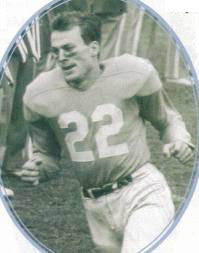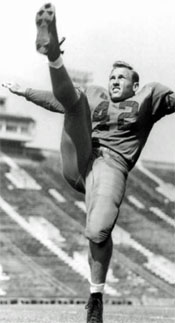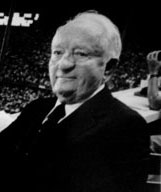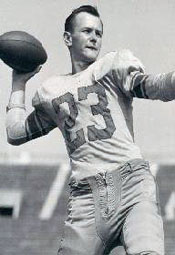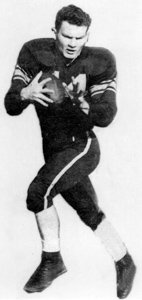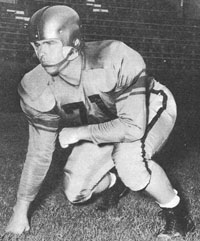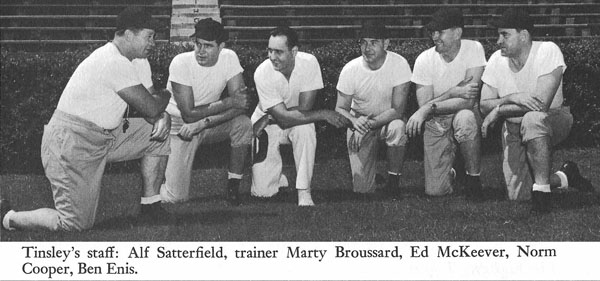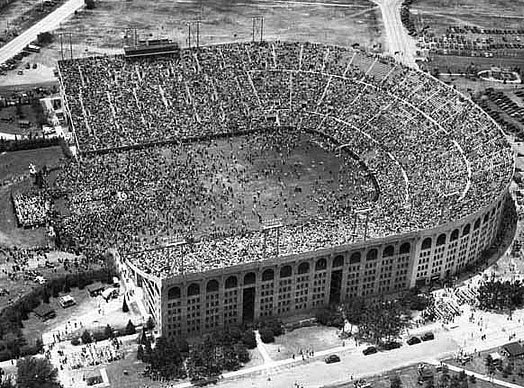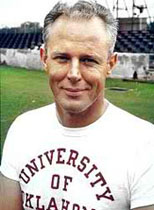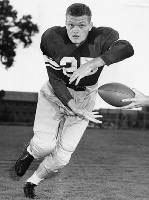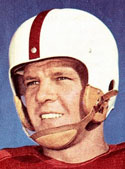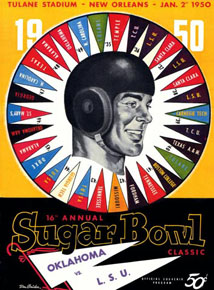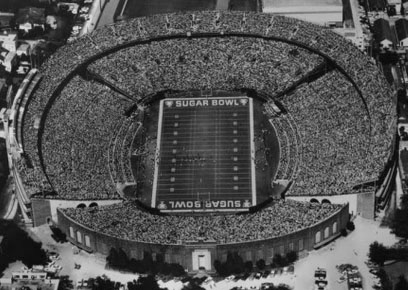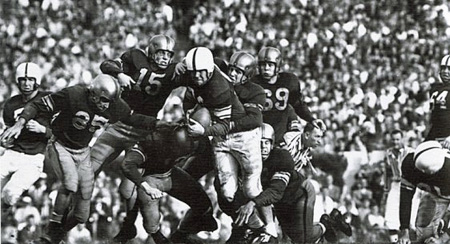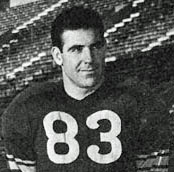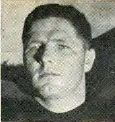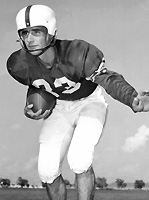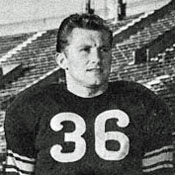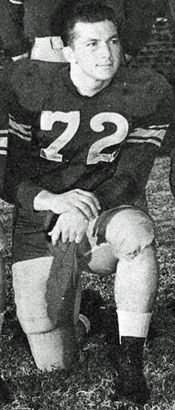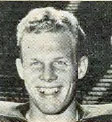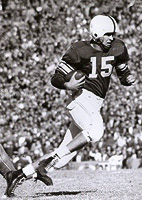Postgame
Oklahoma
LSU
Dan Hardesty wrote in the Baton Rouge State-Times the next day: [The game] proved very conclusively that LSU really does not have too many top notch football players, just as a lot of experts have believed all along. When they ran into a superb team loaded with fine players at every position, they just didn't have the ability to win. The Oklahoma contingent of 100, which included the players' wives, left the next day on two chartered Braniff Airways DC-6s for a three-day visit to Havana, Cuba. The university would not make much of a profit from the $120,000 the Sooners were paid by the Sugar Bowl.
|
1936 Sugar Bowl 1937 Sugar Bowl 1944 Orange Bowl 1946 Cotton Bowl 1959 Sugar Bowl 1968 Peach Bowl 1996 Peach Bowl 2005 Capital One Bowl |
|||||||||||||||||||||||||||||||||||||||||||||||||||||||||||
